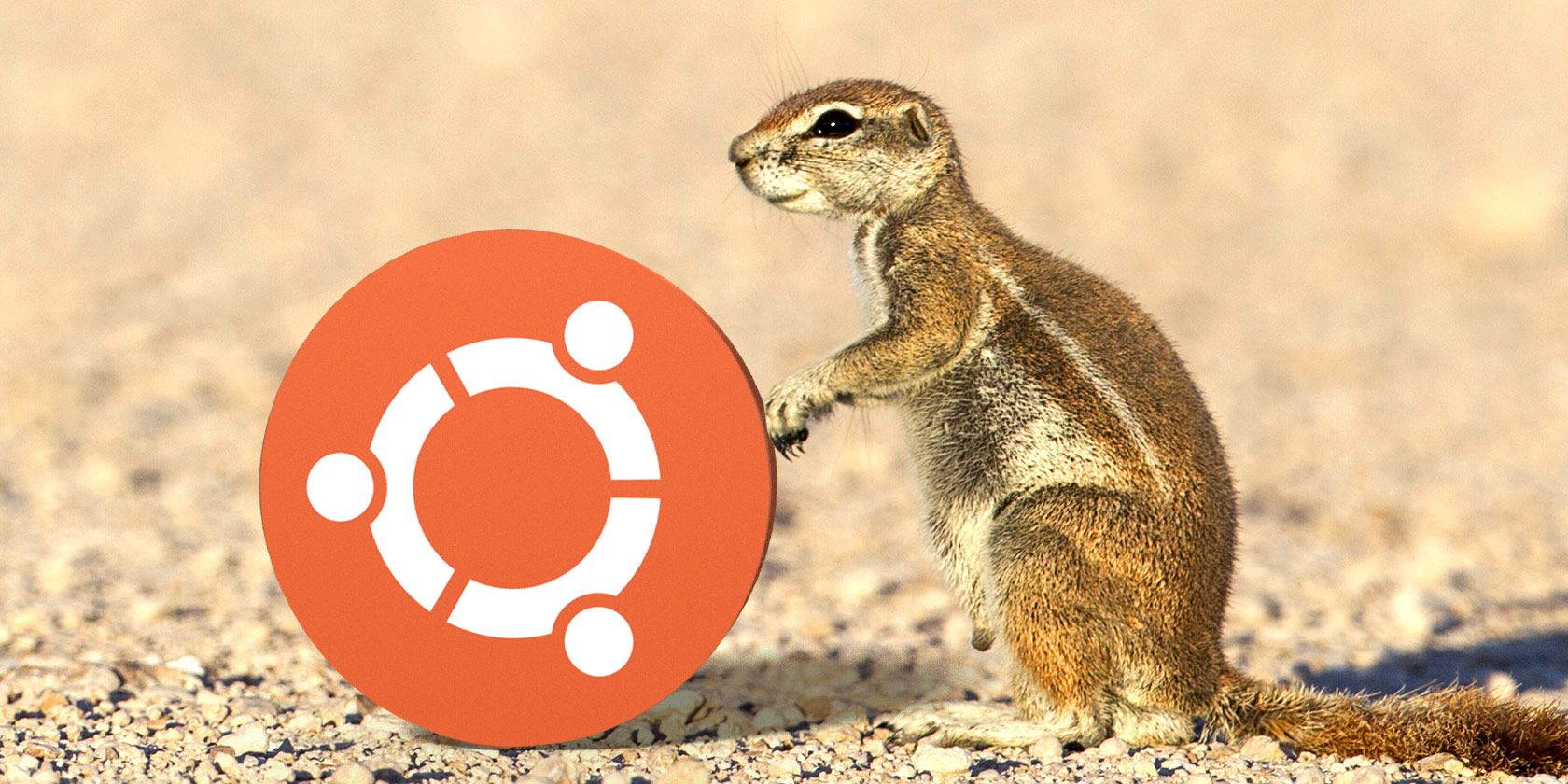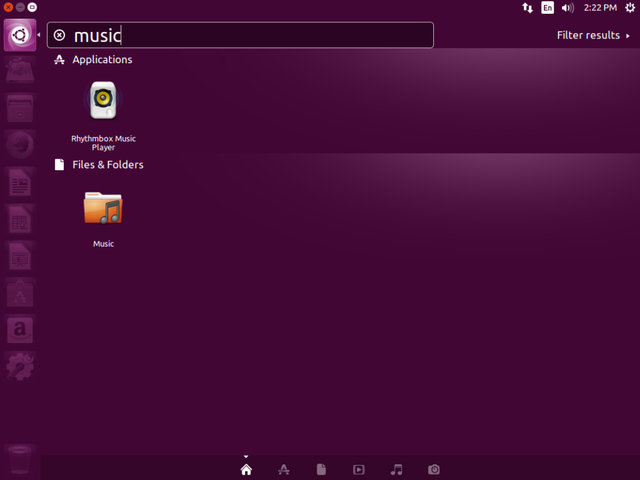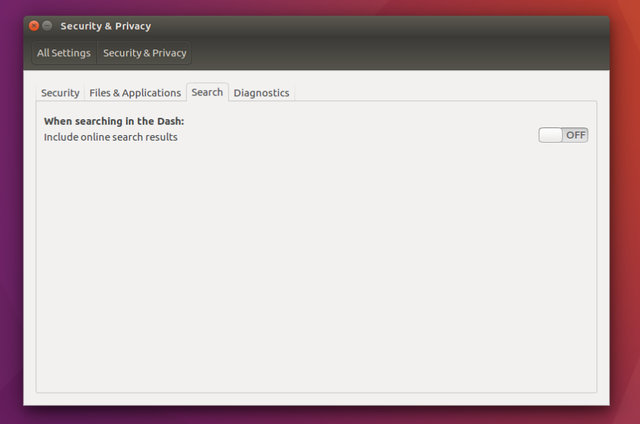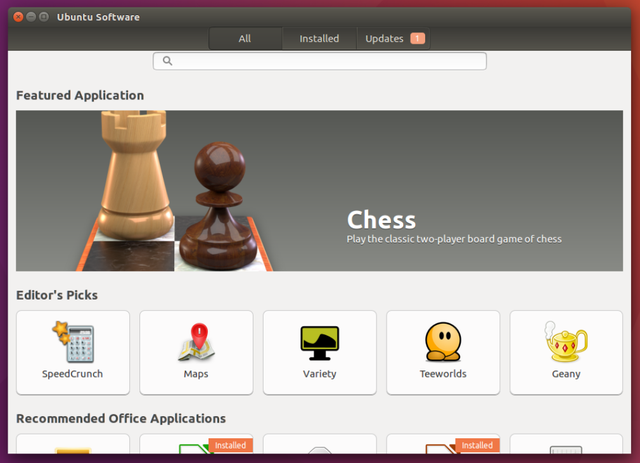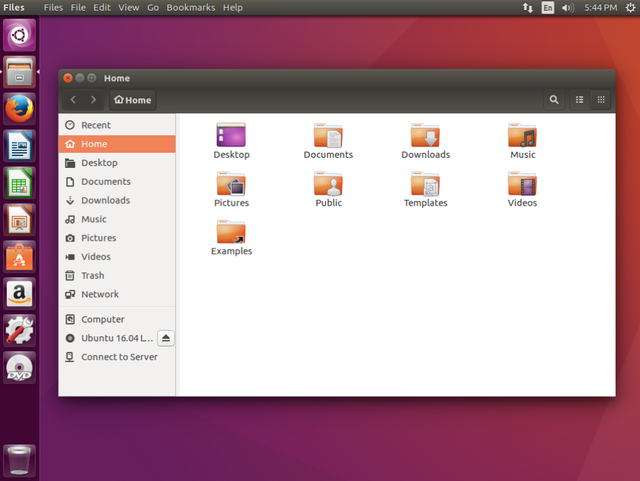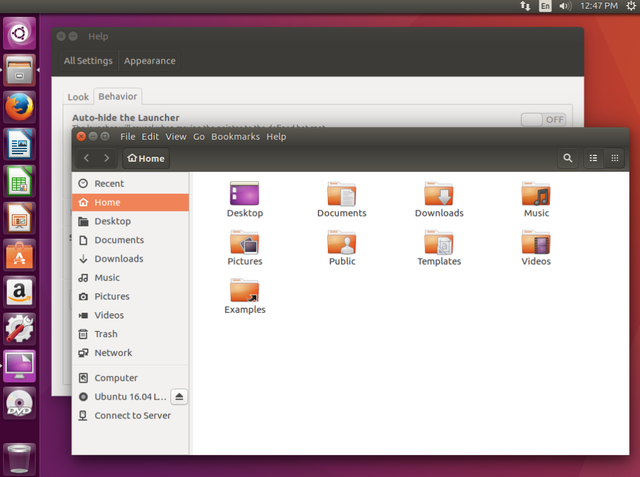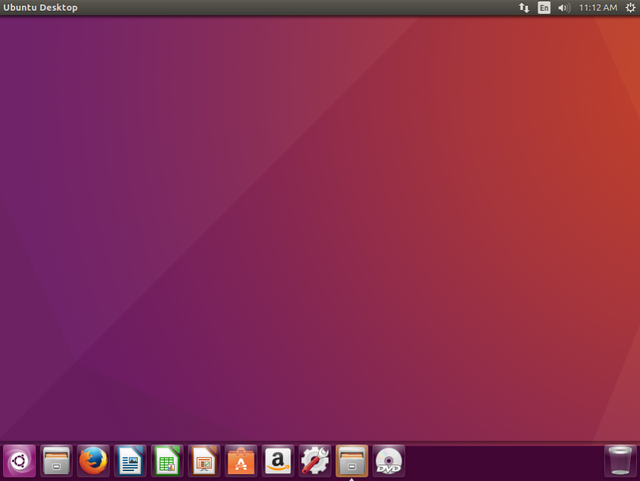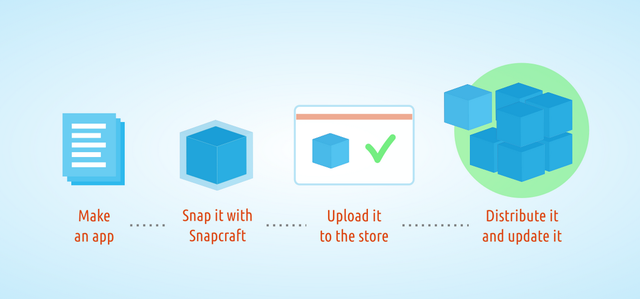The latest Ubuntu long-term support release arrived last month. Xenial Xerus, as it's called, will receive security updates and bug fixes for the next five years. This makes it the ideal version for people who value a stable, predictable system.
Ubuntu's desktop experience hasn't changed all that much since the last LTS, version 14.04. But there are several key changes worth getting excited about for desktop and server users alike. Whether you're upgrading for the first time in two years or moving up from 15.10, let's have a look.
1. Dash No Longer Includes Amazon Searches
Since 12.10, Ubuntu has displayed Amazon results among other items in the Unity Dash. This meant that Unity sent all user searches to remote servers by default. This brought up privacy concerns, with Richard Stallman calling Ubuntu spyware. The Electronic Frontier Foundation also weighed in. Unsurprisingly, Ubuntu's Mark Shuttleworth didn't see things the same way.
Users can disable this functionality, something we have suggested as a way to make Ubuntu feel like home.
But in 16.04, Amazon searches are no longer enabled by default. When you fire up a new installation, your searches are now no one's business but your own.
People who want Amazon recommendations can re-enable them at System Settings > Security & Privacy > Search.
This is the way many people felt Canonical should have implemented the feature all along. Changing things could be taken as a concession, but it also frees the company up to focus more energy on Unity 8. That next version of Ubuntu's user interface is set to make an appearance in Ubuntu 16.10.
2. Bye-Bye Ubuntu Software Center
Canonical developed its own centralized app store in 2009. The Ubuntu Software Center hasn't changed much since then. Well, not in a positive way. It has grown slower over time, frustrating many users.
Now the Ubuntu Software Center is gone. In its place we have GNOME Software. This package manager comes straight from the GNOME project, freeing Canonical to focus on other work.
For technical background, the Ubuntu Software Center was a front-end to APT/dpkg. GNOME Software uses PackageKit, which itself is a front-end to whichever package management system a distro uses. That's why you also see it on RPM-based systems, like Fedora.
3. Always Show Application Menus
Some might say Unity's interface feels Mac-inspired. But while both desktop environments use global menus, Ubuntu's only appear when you hover your mouse over the top panel. With 16.04, that changes. If you want your menus to be always visible, you can have it that way. The option is now available in System Settings.
For several releases, Ubuntu has provided the option to place menus in the titlebar instead. This change affects that as well. Leaving the menu visible in each application's windows is a cool way to combine old-school functionality with a modern look.
Always showing the application menu isn't merely an aesthetic change. Under Ubuntu's default settings, first-time users may not know where options are located or that they even exist. Enabling this feature removes that discoverability issue.
4. Move Launcher to the Bottom
On today's widescreen monitors, it makes logical sense to put the dock of the side of the screen. You have more horizontal than vertical pixels to work with.
But logic isn't everything. Try as I might, I often find panels or docks anchored to the side to be off-putting. It's nice having the option to move them around.
In Ubuntu 16.04, Unity finally gives you a choice. Kind of. You don't need to install anything to make the magic happen, but you won't find an option in System Settings. Instead, open a terminal and type:
gsettings set com.canonical.Unity.Launcher launcher-position Bottom
If you decide that maybe the side suited you better, don't fret. You can return the dock to its old position with a slightly different command.
gsettings set com.canonical.Unity.Launcher launcher-position Left
You don't have to use the terminal. An alternate approach would be installing the Unity Tweak Tool.
5. Feeling Snappy?
Snap packages are Canonical's new way of distributing apps. They take a different approach than what we're accustomed to on Linux desktops. Snaps contain binaries and dependencies.
Why? This helps guarantee that apps which work now will continue to work in several years. A developer knows that if the package they distribute contains everything needed to run, it's easier to keep software in good shape.
Snaps run in isolation from the rest of your desktop. This model is like what we see on mobile devices, where apps have to request permission to perform specific types of activities.
These are early days for Snaps, and some kinks need to be worked out. Nonetheless, there are plenty of reasons to be excited about this change.
6. ZFS
Ubuntu 16.04 is the first major distribution to ship with ZFS. Canonical describes it as the combination of a volume manager and a filesystem. Like BTRFS, ZFS offers improvements geared towards servers and enterprise use.
Both filesystems are copy-on-write, allowing you to efficiently create snapshots of your machine. They also manage multiple physical storage devices better than previous options.
ZFS is more mature than BTRFS and already common in production environments. The issue is that ZFS is licensed under the CDDL v1, which may not be compatible with the GPL v2 (used by the Linux kernel). This may ultimately be for courts to decide. Either way, the conflict concerns distribution of code -- using it won't land you in any trouble.
Elsewhere in Ubuntu-Land
16.04 is the first LTS release to launch with Ubuntu MATE as an official spin (Ubuntu Mate 14.04 was retroactively released after 14.10). This allows people who prefer GNOME 2 to keep running that desktop environment for many years to come.
As for other desktops, Ubuntu GNOME comes with GNOME 3.18, Kubuntu uses KDE Plasma 5.5, Xubuntu runs XFCE 4.12, and Lubuntu has LXDE 0.10.
Is Ubuntu 16.04 Right for You?
Ubuntu 16.04 may be an LTS, but this need not be a long-term relationship. In six months, you can make the leap to 16.10 and leave the LTS behind.
For others, Ubuntu 16.04 is ready to go for the next half decade (as some of you running 12.04 already know).
Do you stick with Ubuntu LTS releases? What other parts of 16.04 have you excited to upgrade? If you've already been running this release for the past month, what do you think?

